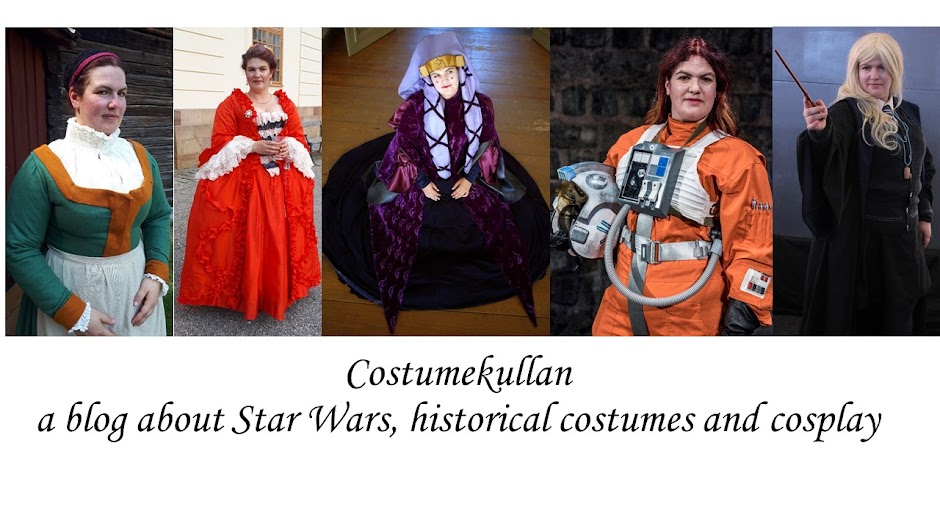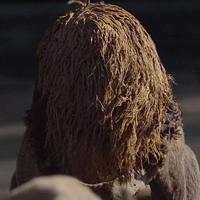Since it's not my own recipe I will just provide the link to Prue Leith's Maids of Honour.
 |
| So yummy! |
There are some issues with this when it comes to historical accuracy. The major thing is that the recipe uses lemon curd, and from a quick google the earliest reference to lemon curd that I can find is fro 1844. There is an older version called "lemon cheese", and that is when you use lemon juice instead of vinegar (like in Prue's recipe) to curdle the cheese. I couldn't find references to this that were older than the 18th century though, but this was just a quick check in my regular historical cooking references and google. I'm also hesitant about the use of a rough puff pastry. It's not impossible for the 16th century, the earliest recipes for regular puff pastry dates back to early 17th century and rough puff is just an easier version of it. In my experience it's more common with short crusts or even hot water crusts for tarts in the time period though.
I'm going to make these kind of cakes more, but I'm also curious about experimenting to see if I can find something more close to what they would have been like in the 16th century. First of course I need to check through the historical online recipe books, but I also have some ideas.
I would like to try a version where I use another kind of crust, and instead of lemon curd I could do the cheese curdle mix and add in preserved lemons or bitter oranges (pomerans). After all there are not many lemon trees growing in northern Europe, and we know that preserved citrus fruits were a favorite at the Swedish court in the time period. For spices I would definitely add in saffron and mace to start, but cinnamon, cloves and nutmeg are always good combinations as well. Some of the sugar can be replaced with honey as well, but this cake with its imported fruits and spices would only have been eaten at the court and they would have had access to sugar and not just honey.


















